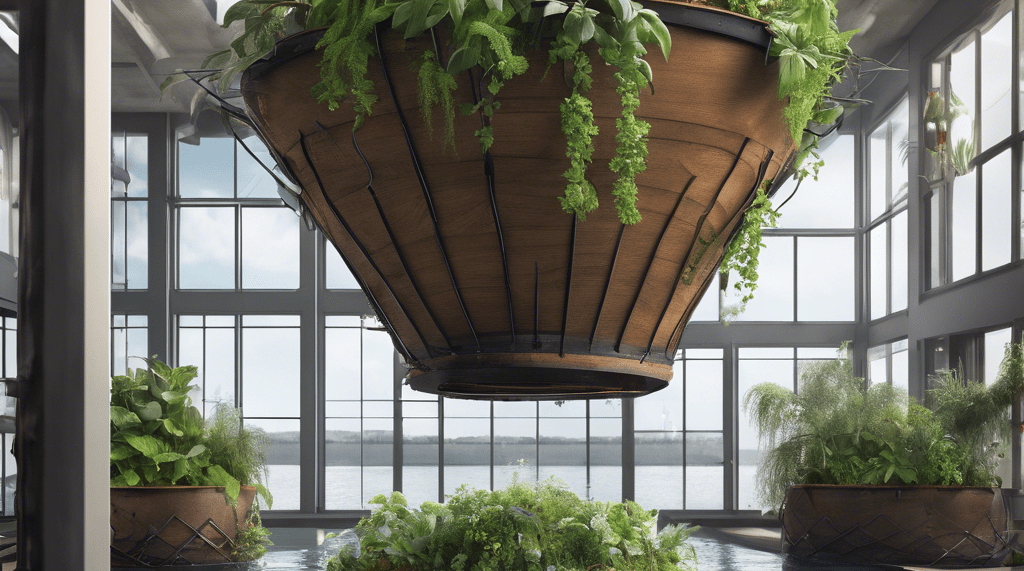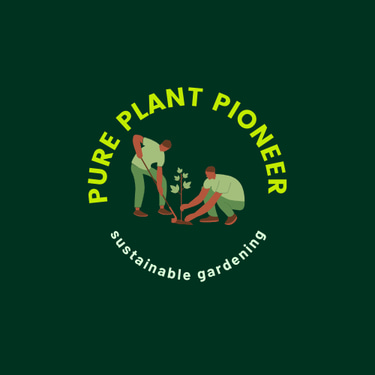Add your promotional text...
Top 11 Plants for Hydroponic and Aquaponic Systems
4/23/20242 min read


Introduction
Hydroponics and aquaponics are innovative and sustainable methods of growing plants without soil. These systems provide essential nutrients directly to the plants, resulting in faster growth and higher yields. In this article, we will explore 11 plants that thrive in hydroponic or aquaponic systems and discuss the nutritional value of each plant based on its strain.
1. Lettuce
Lettuce is a popular choice for hydroponic and aquaponic gardening due to its fast growth and high nutritional value. It is rich in vitamins A, C, and K, as well as folate and fiber. Different lettuce strains offer variations in taste, texture, and nutrient content.
2. Spinach
Spinach is a nutrient-dense leafy green that grows exceptionally well in hydroponic and aquaponic setups. It is packed with vitamins A, C, and K, along with iron, calcium, and magnesium. Spinach strains may differ in taste, leaf shape, and growth rate.
3. Tomatoes
Tomatoes are a versatile fruit that can be grown successfully in hydroponic or aquaponic systems. They are an excellent source of vitamin C, potassium, and lycopene. Different tomato strains offer variations in size, color, and taste.
4. Cucumbers
Cucumbers thrive in hydroponic and aquaponic environments, producing crisp and refreshing fruits. They are low in calories and high in vitamins K and C. Different cucumber strains may vary in size, shape, and flavor.
5. Herbs (Basil, Mint, Cilantro)
Herbs like basil, mint, and cilantro are well-suited for hydroponic and aquaponic cultivation. They add flavor and aroma to various dishes and are rich in vitamins and minerals. Different herb strains offer variations in taste, fragrance, and growth habits.
6. Strawberries
Strawberries can be successfully grown in hydroponic or aquaponic systems, providing a sweet and juicy treat. They are a good source of vitamin C, manganese, and antioxidants. Different strawberry strains may vary in size, taste, and yield.
7. Peppers
Peppers, such as bell peppers and chili peppers, thrive in hydroponic and aquaponic setups. They are rich in vitamin C, vitamin A, and antioxidants. Different pepper strains offer variations in heat level, color, and flavor.
8. Beans
Beans, including green beans and snap beans, can be grown successfully in hydroponic or aquaponic systems. They are a good source of fiber, protein, and various vitamins and minerals. Different bean strains may vary in pod shape, color, and taste.
9. Kale
Kale is a nutrient powerhouse that grows exceptionally well in hydroponic and aquaponic environments. It is rich in vitamins A, C, and K, as well as calcium and antioxidants. Different kale strains offer variations in leaf color, texture, and taste.
10. Swiss Chard
Swiss chard is a leafy green that thrives in hydroponic and aquaponic systems, offering vibrant colors and a mild flavor. It is packed with vitamins A, C, and K, as well as magnesium and potassium. Different Swiss chard strains may vary in leaf color, size, and texture.
11. Radishes
Radishes are fast-growing root vegetables that can be grown successfully in hydroponic or aquaponic setups. They are low in calories and rich in vitamin C and fiber. Different radish strains offer variations in size, shape, and spiciness.
In Conclusion
Hydroponics and aquaponics provide a sustainable and efficient way to grow a variety of plants with high nutritional value. From leafy greens like lettuce and spinach to fruits like tomatoes and strawberries, these systems offer a wide range of options. By choosing different strains, you can enjoy variations in taste, texture, and growth habits while reaping the health benefits of these nutrient-rich plants.
